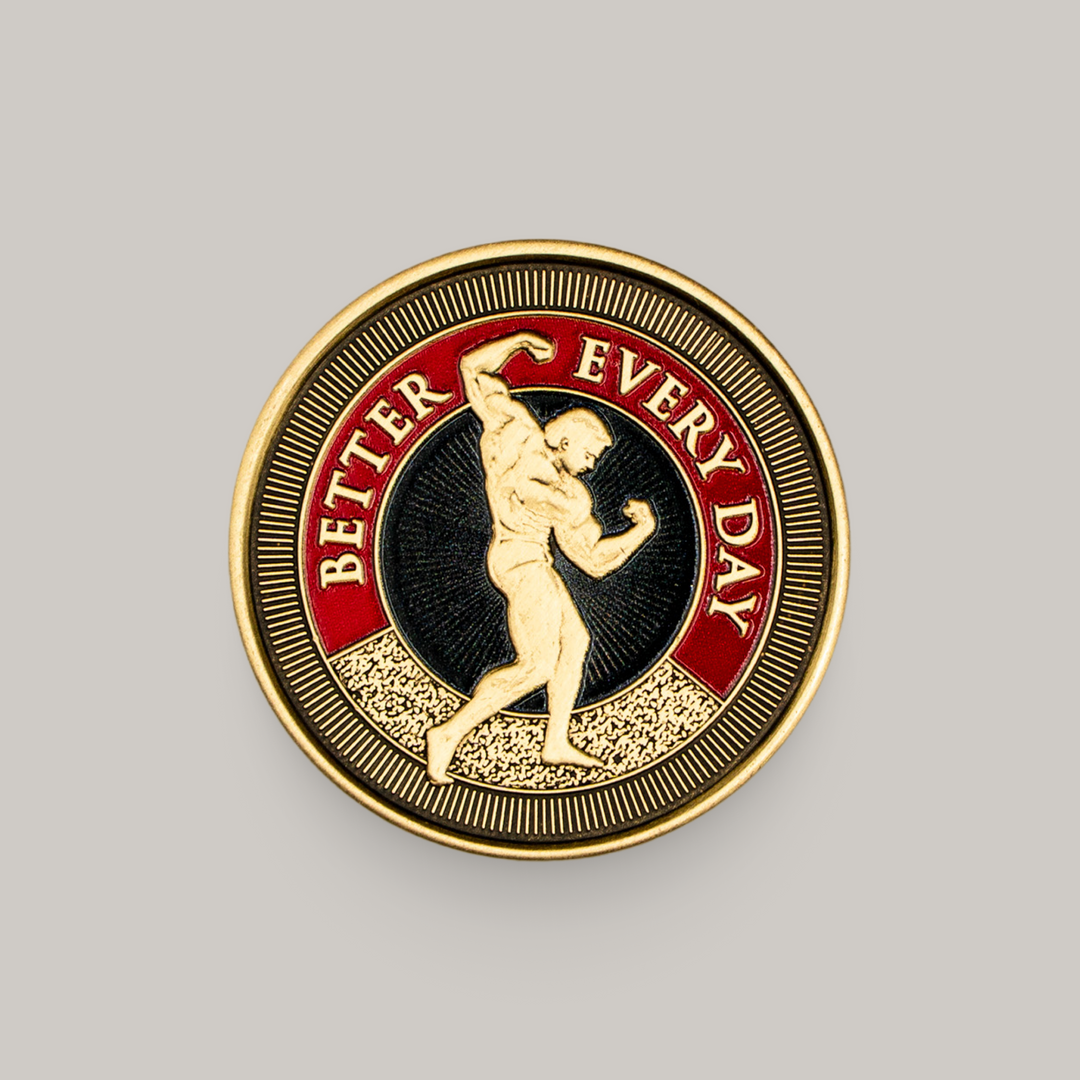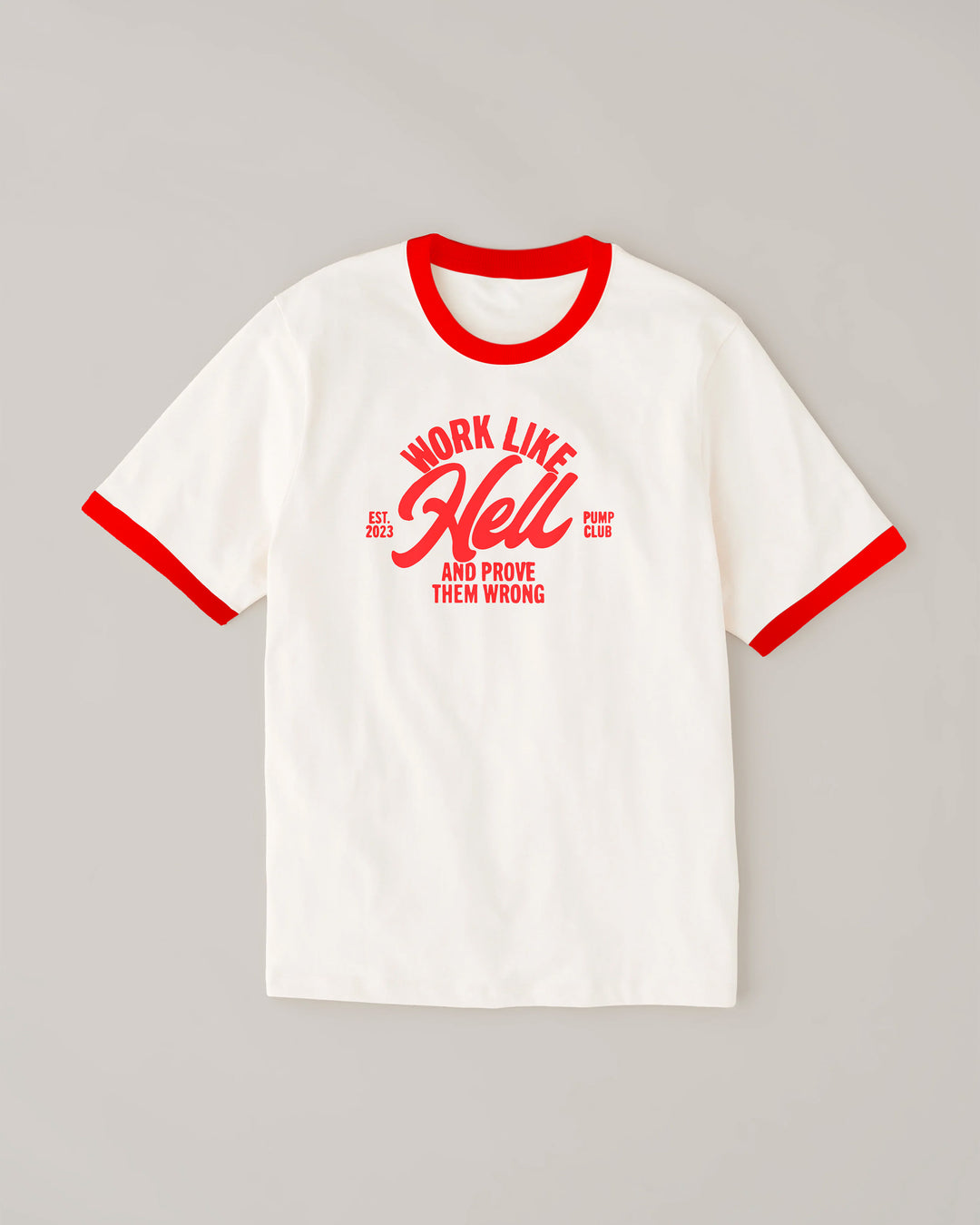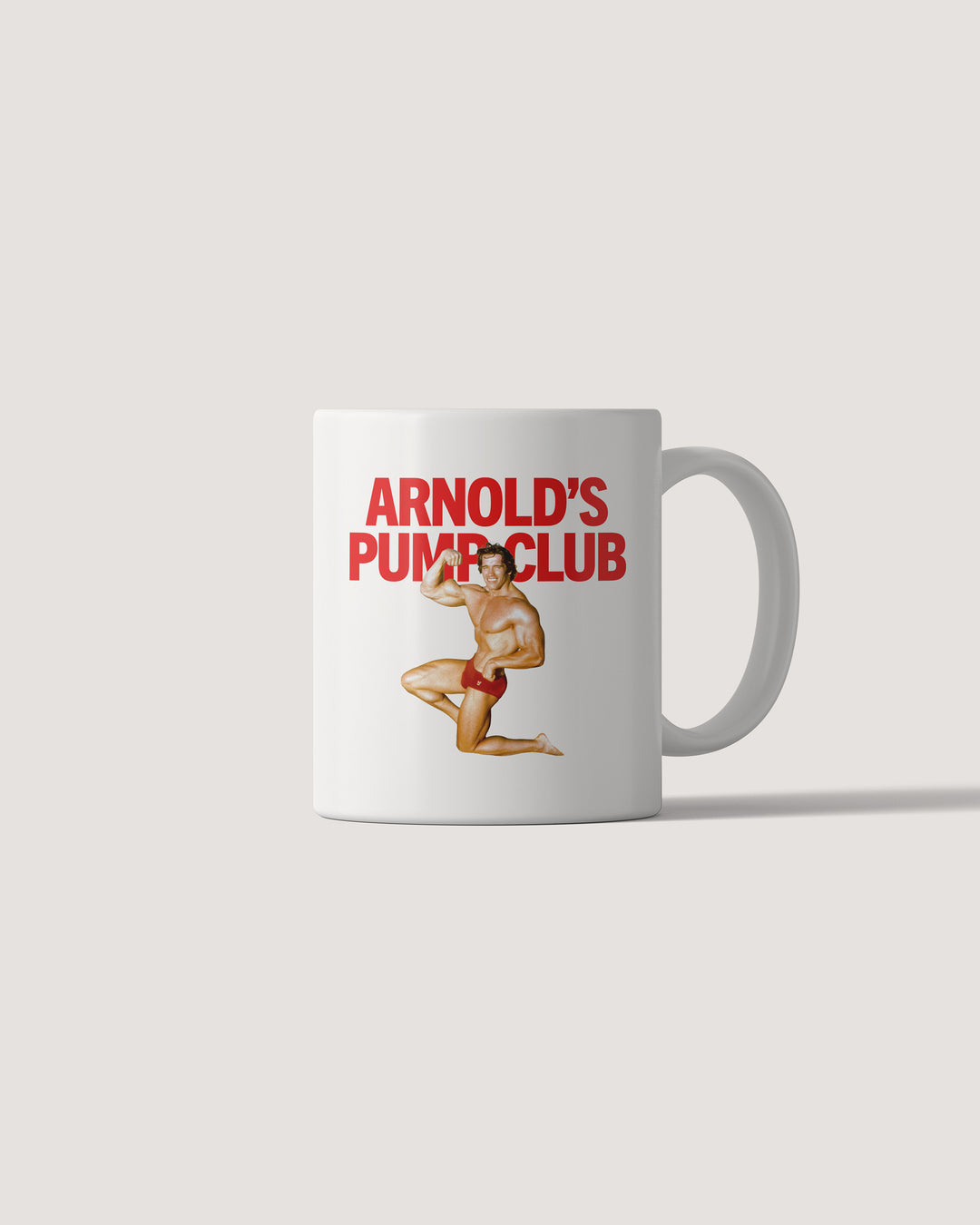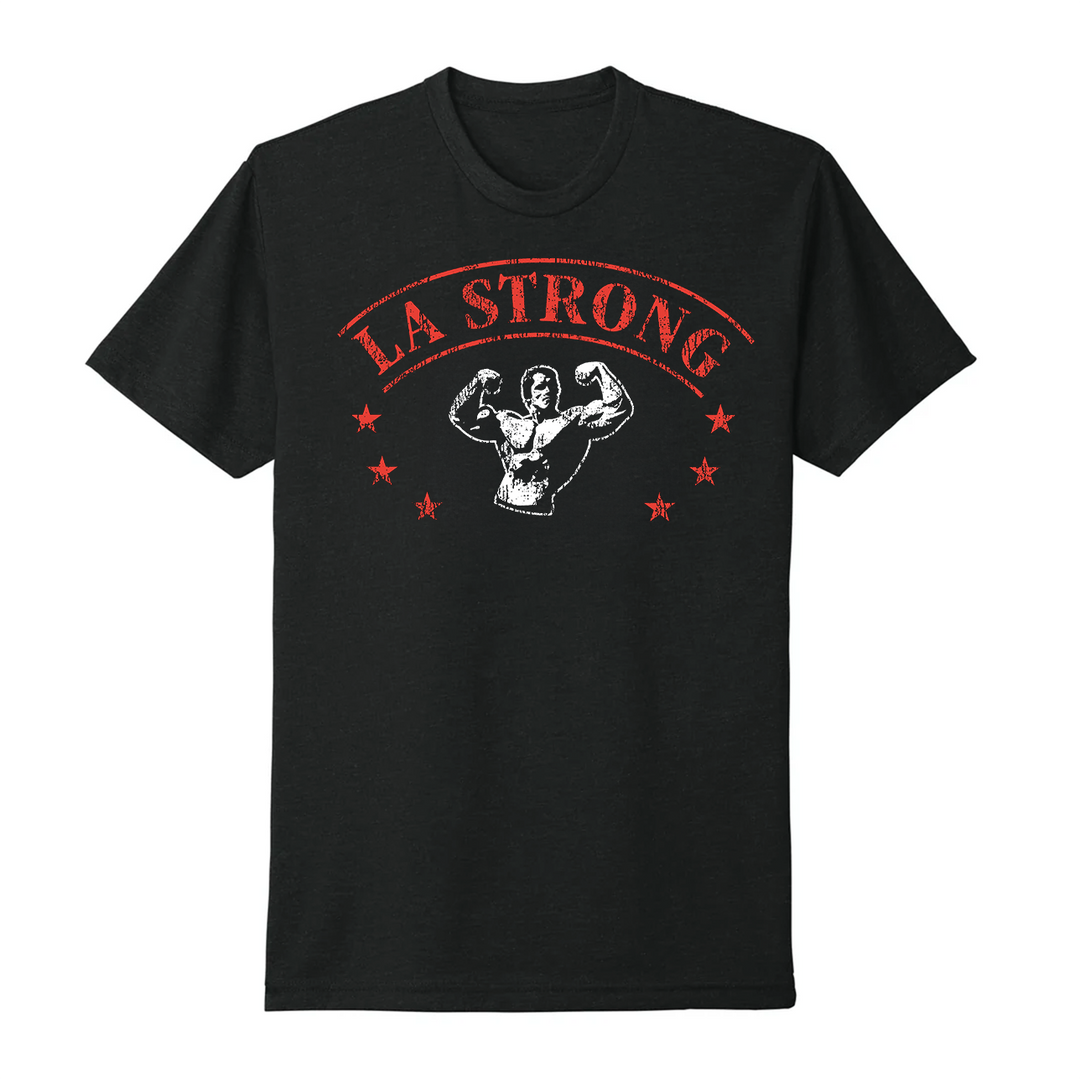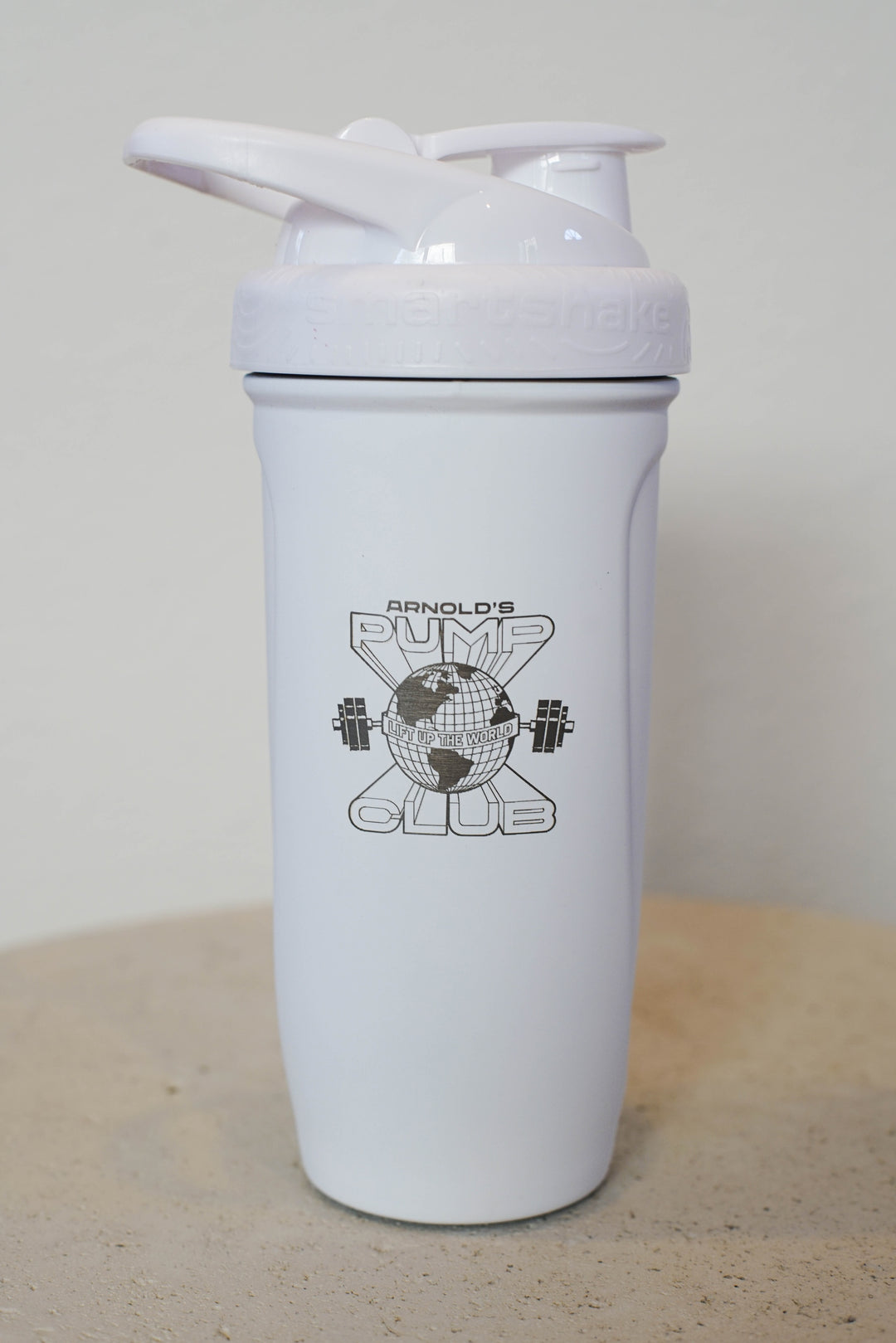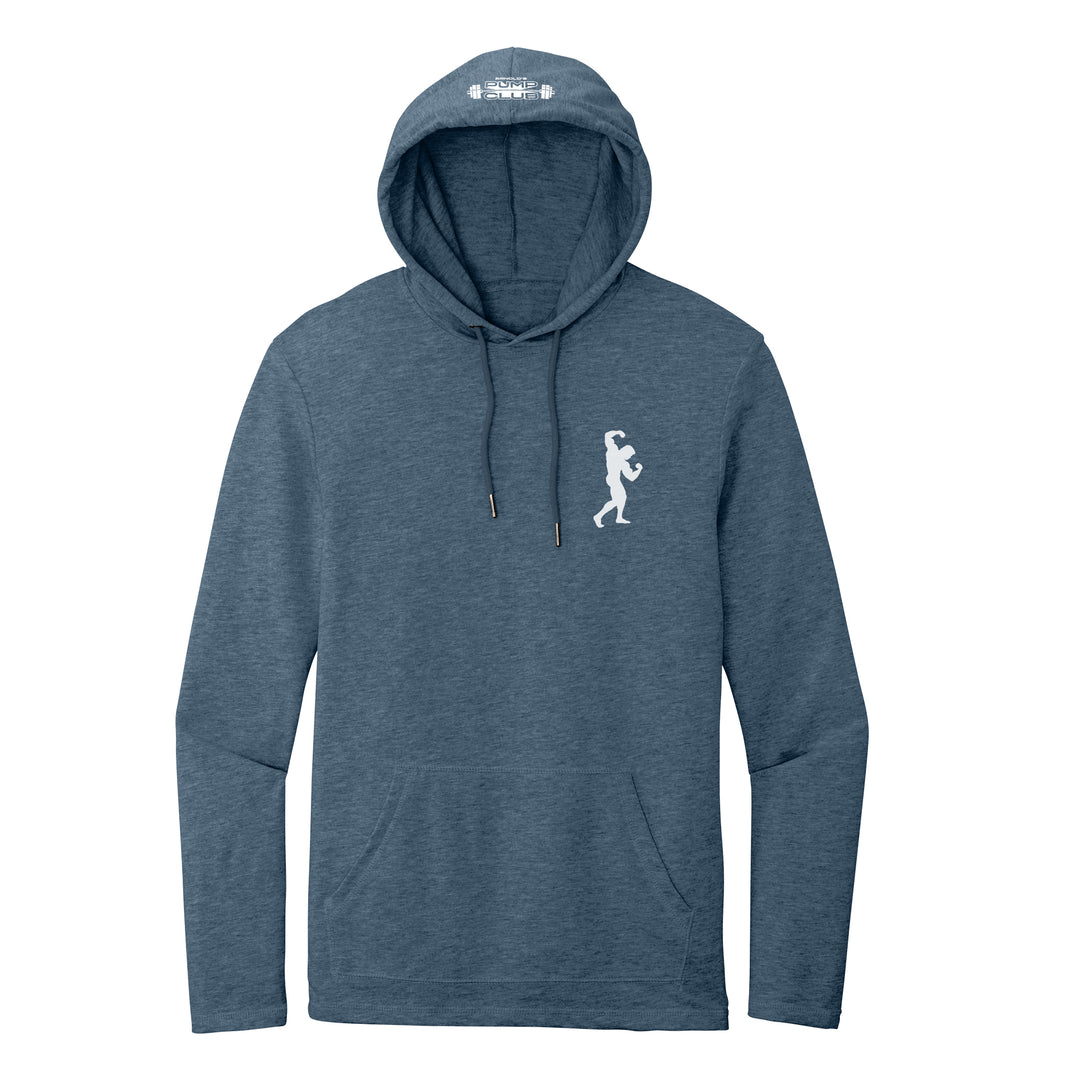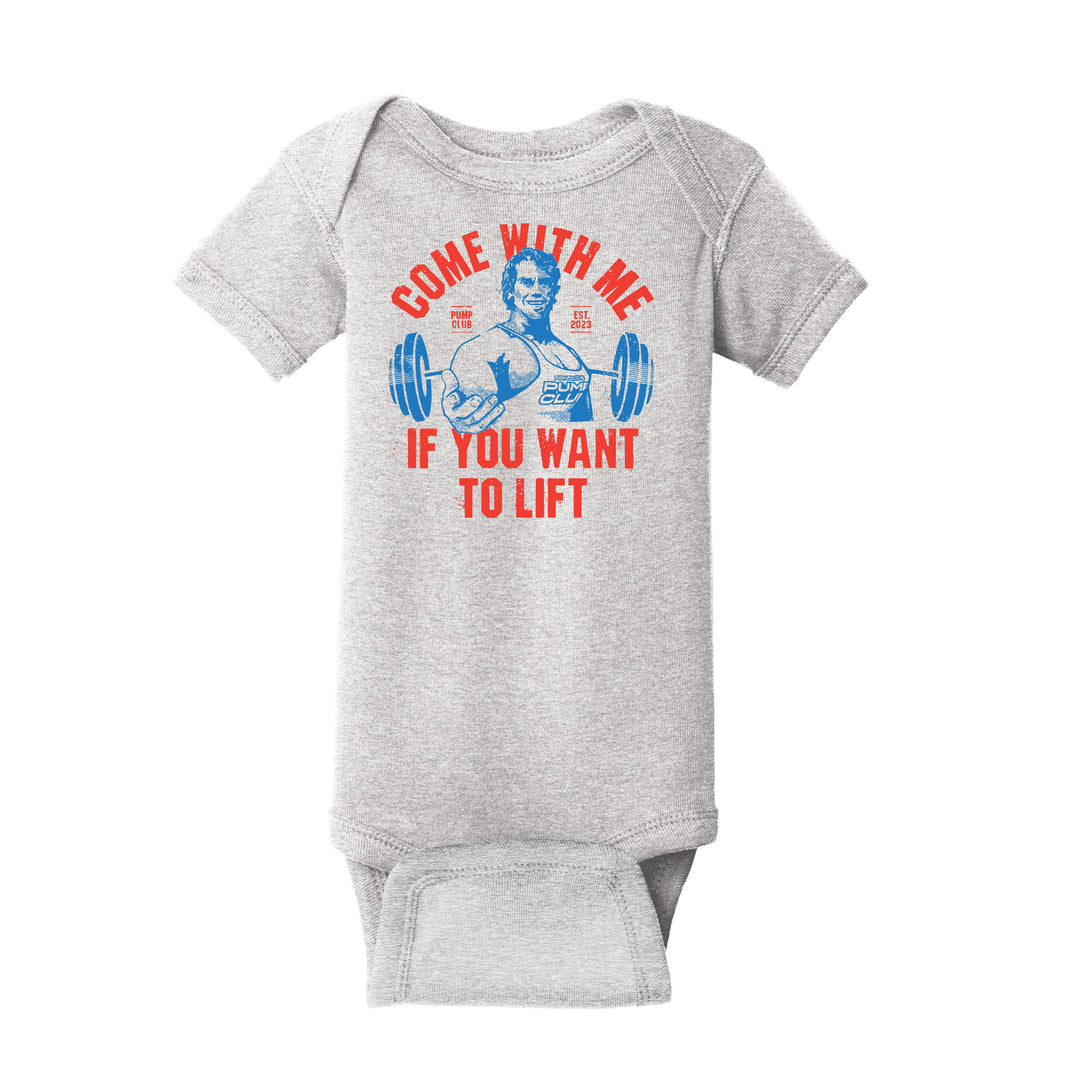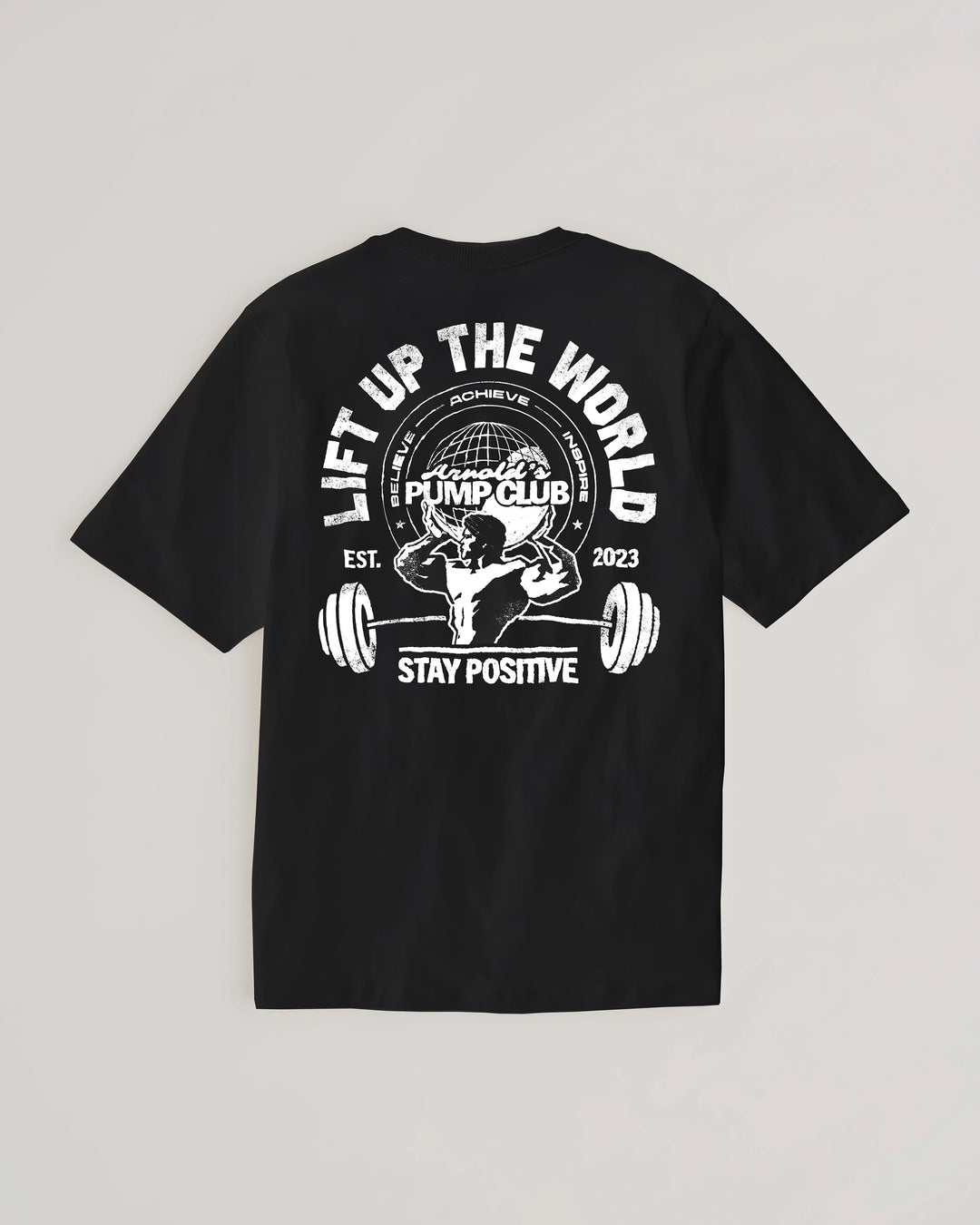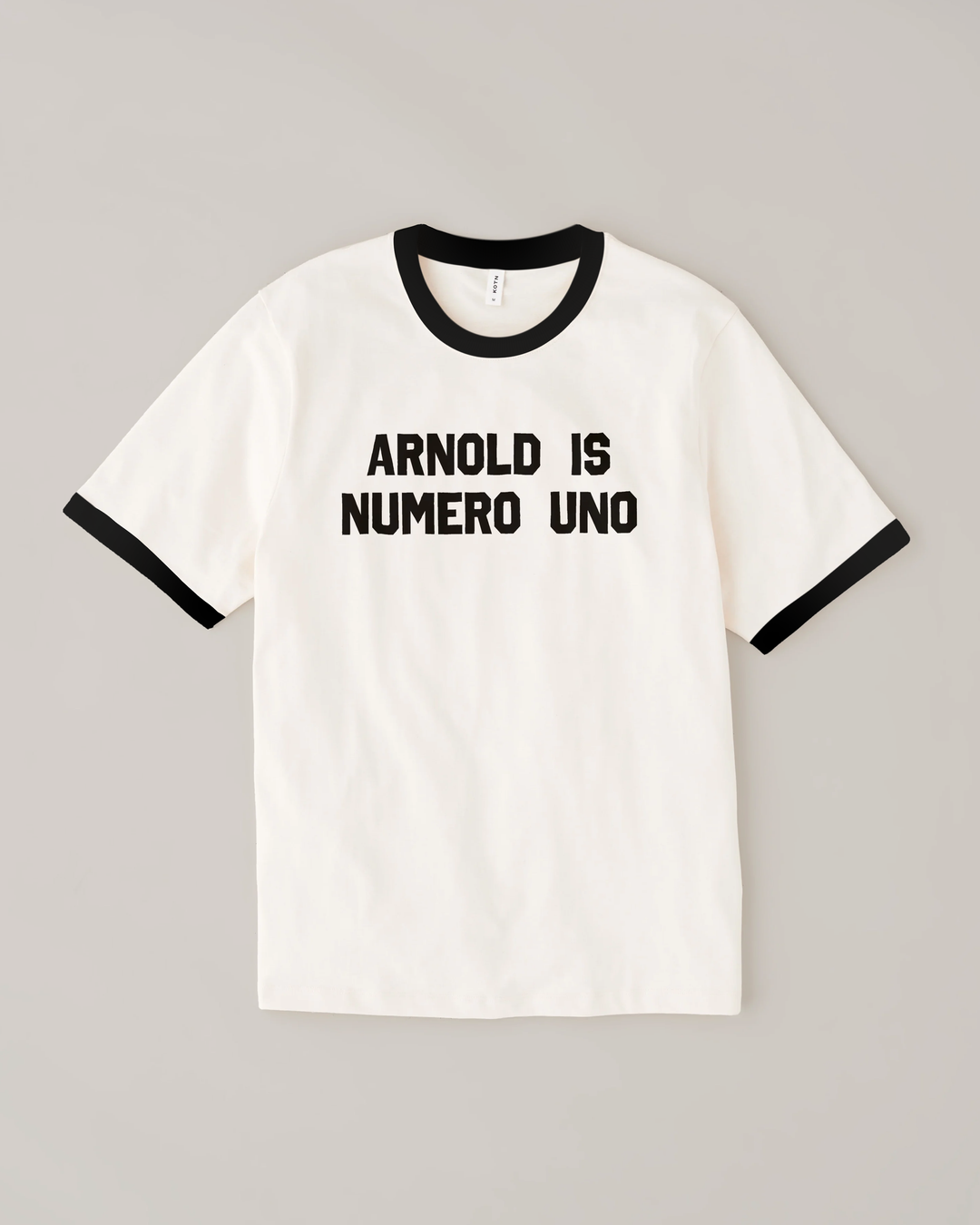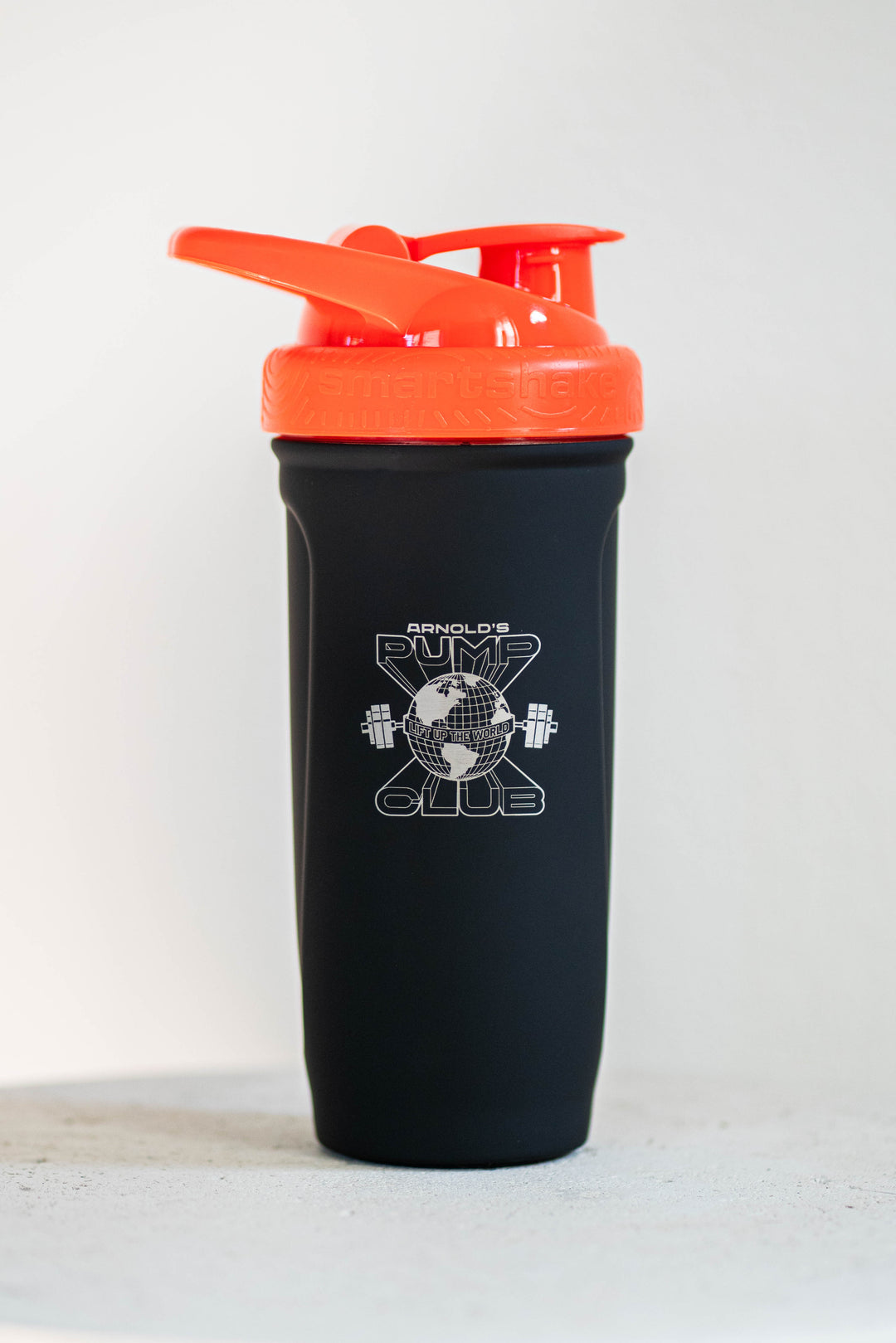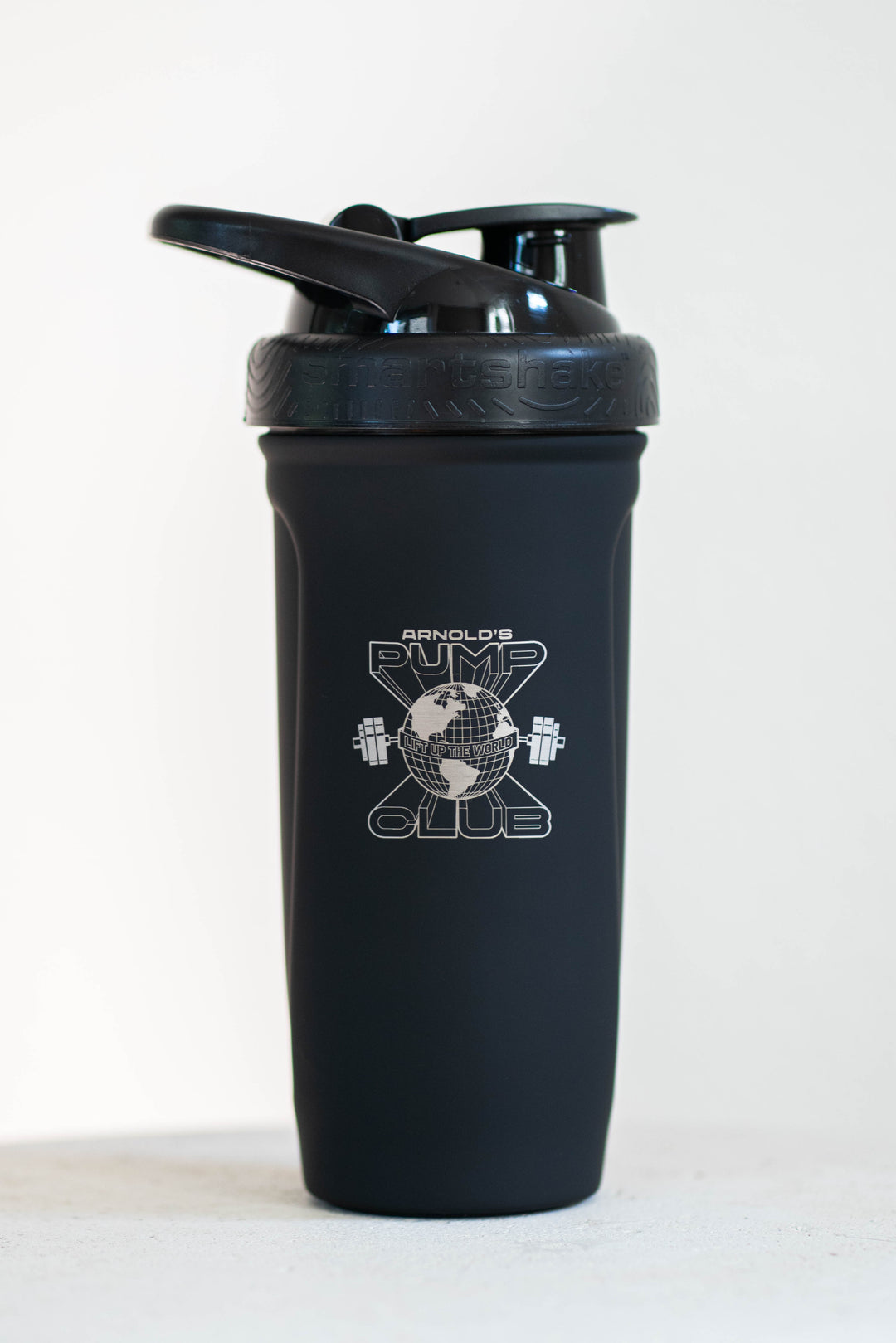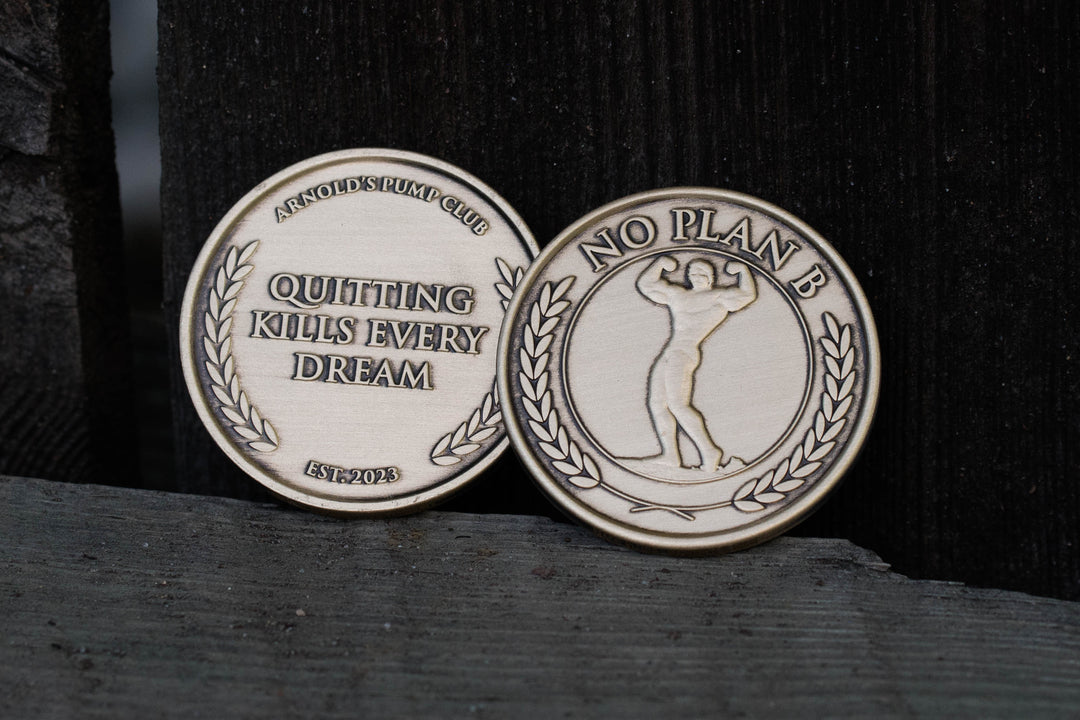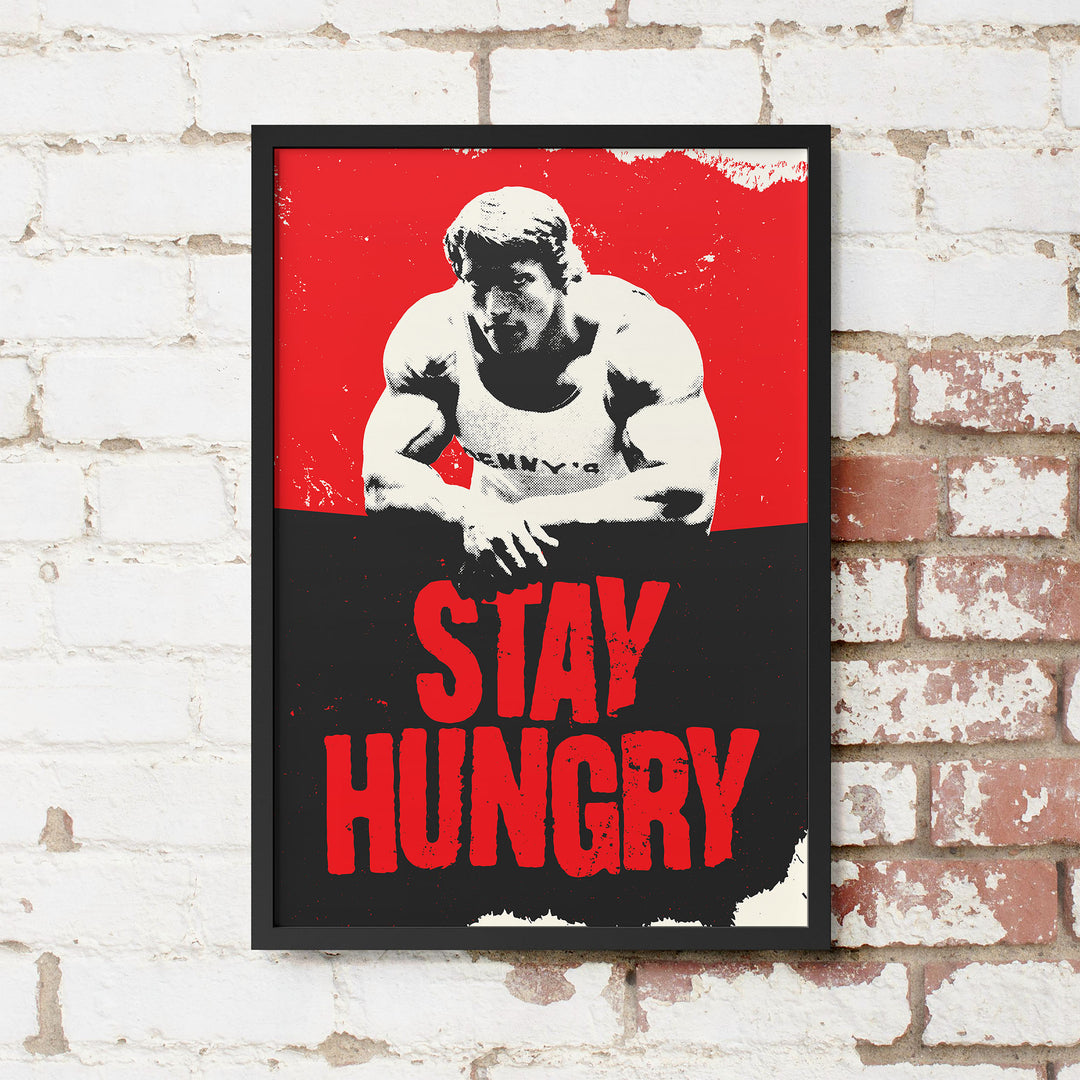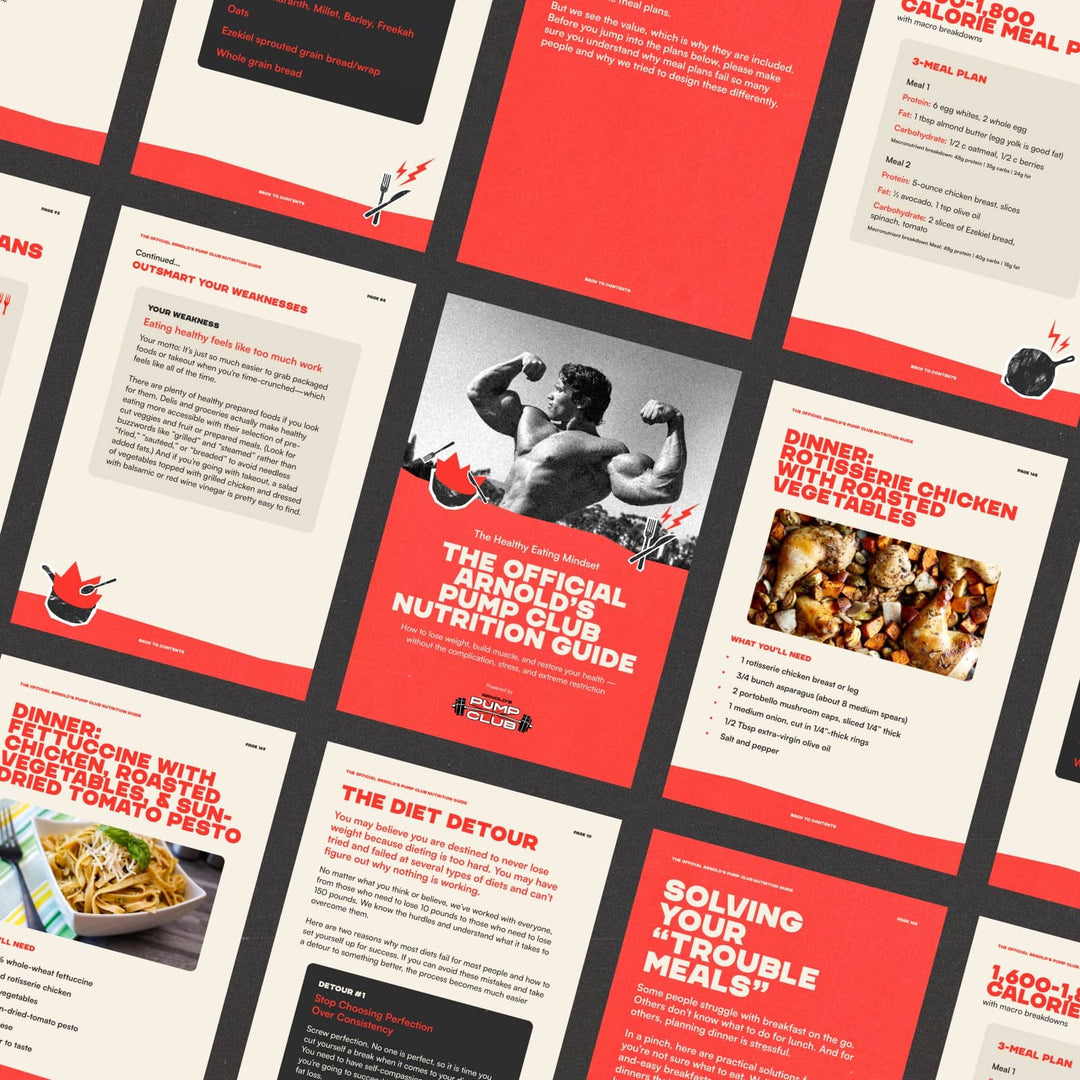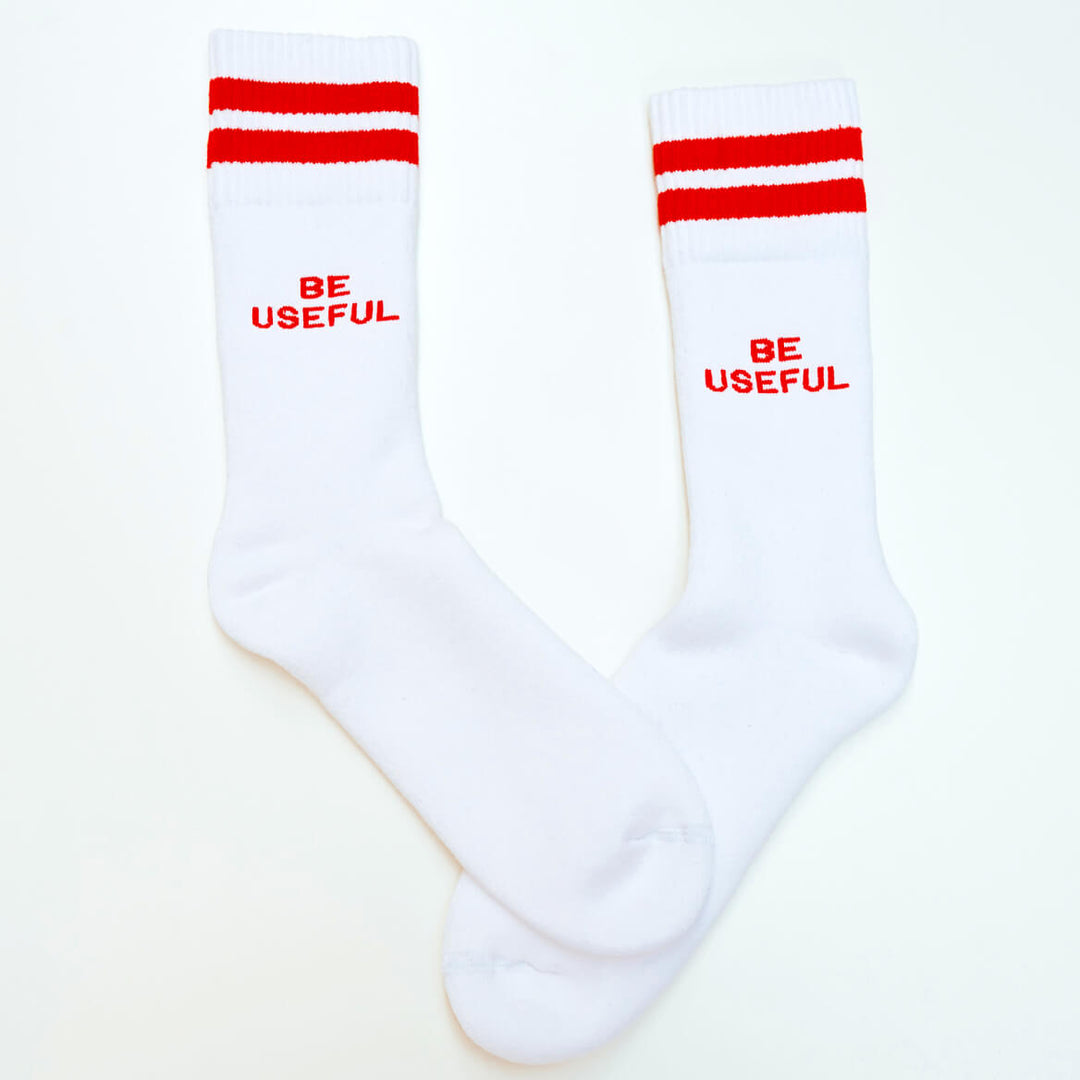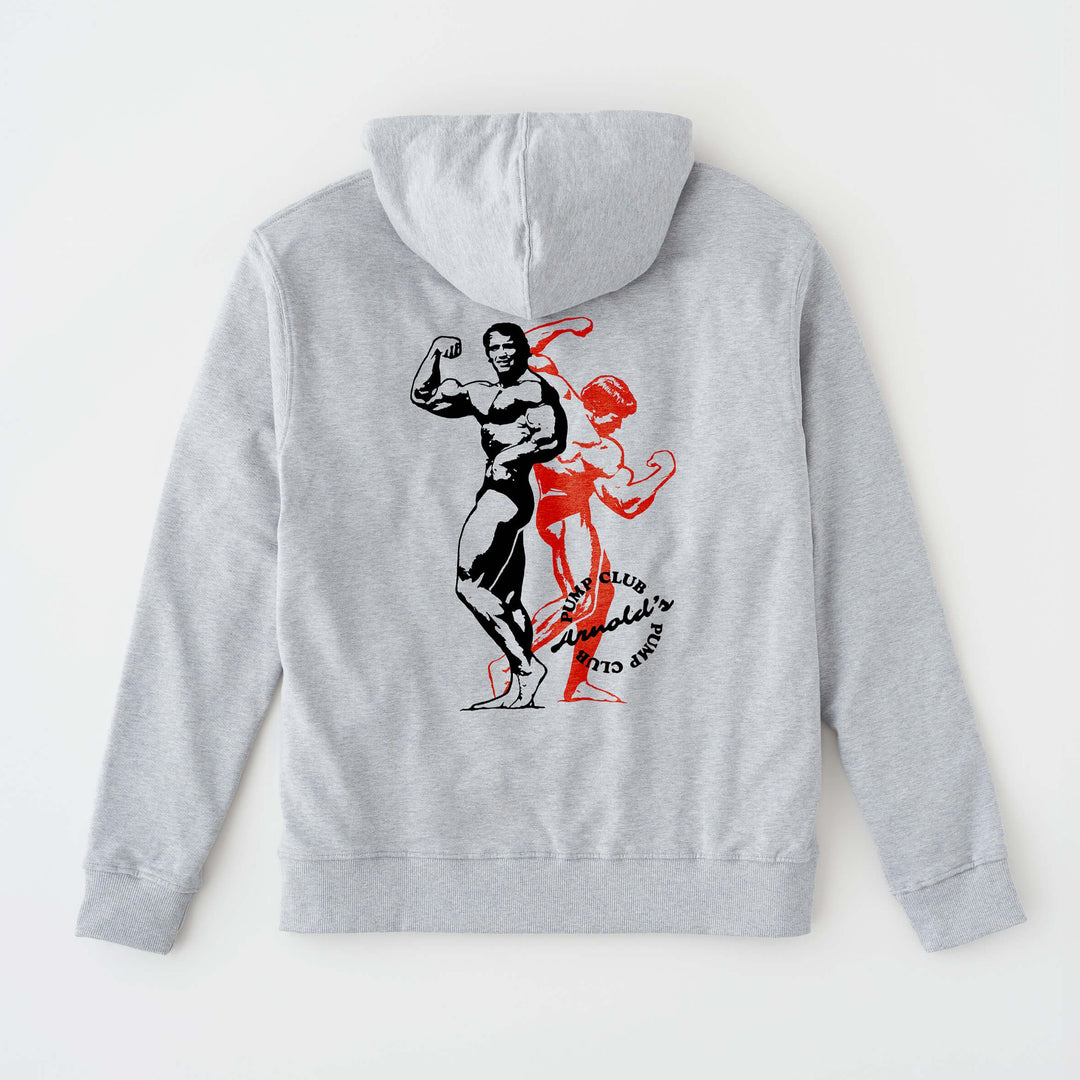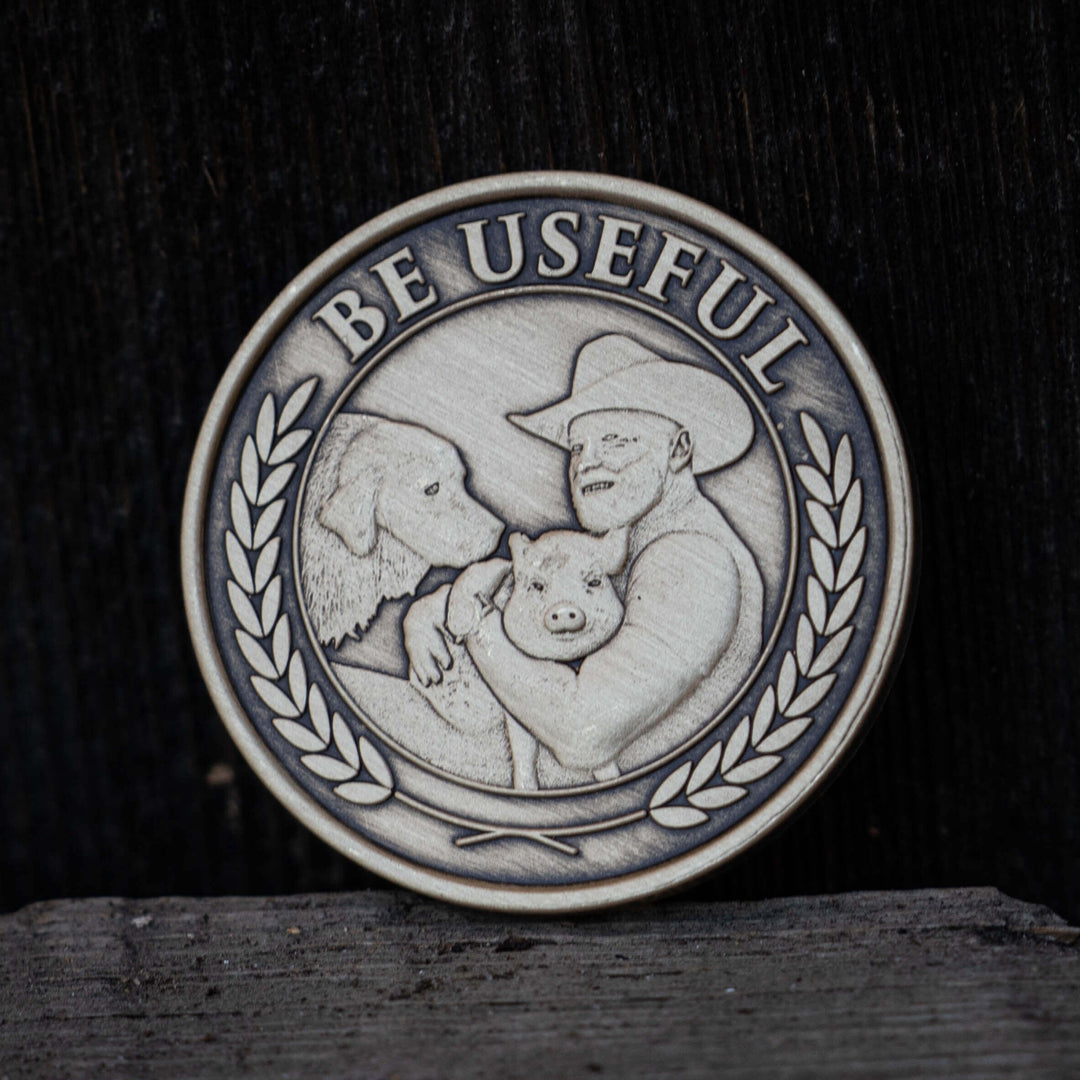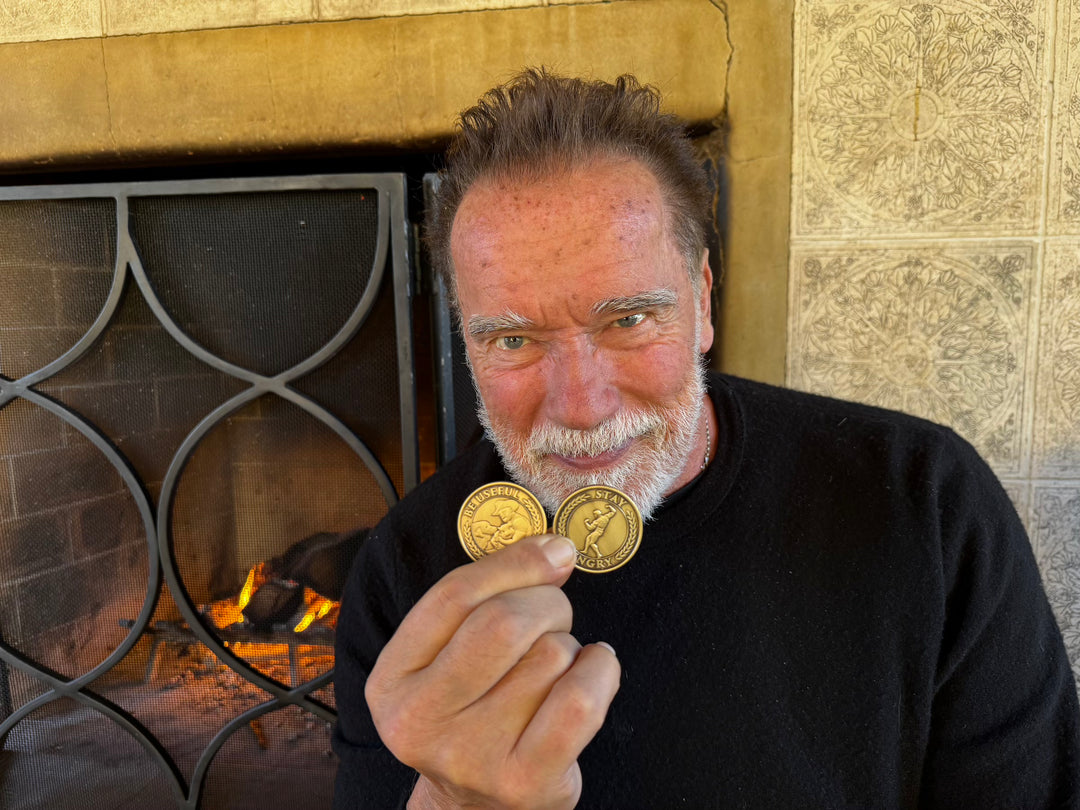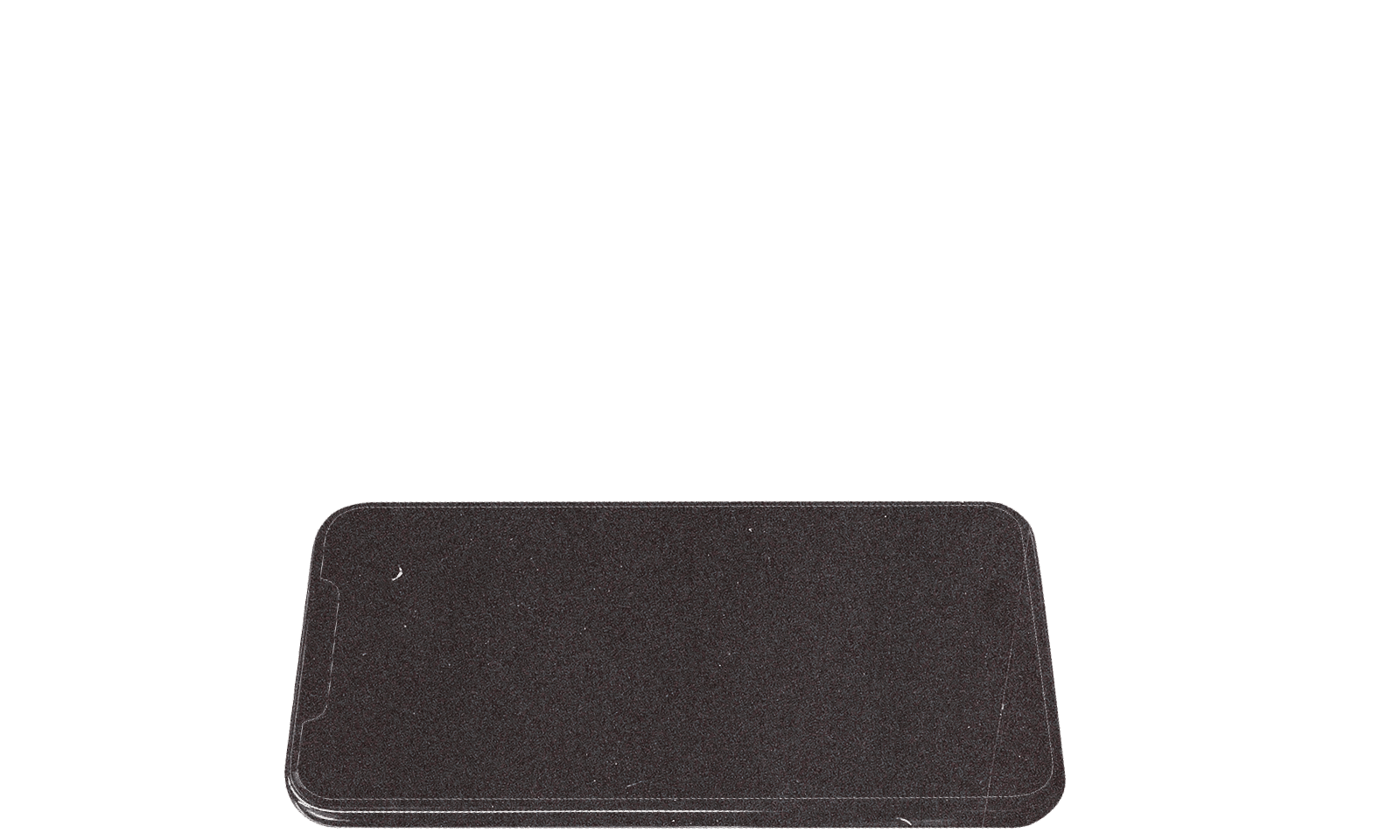Welcome to the positive corner of the internet. Here’s a daily digest designed to make you healthier in less than 5 minutes. If you were forwarded this message, you can get the free daily email here.
Today’s Health Upgrade
Weekly deep dive: Canola oil
Member of the week
Featured recipe: The $3 Meal
Want more stories from Arnold? Listen to Arnold's Pump Club podcast. It's like the daily newsletter, but with additional narration and thoughts from Arnold. You can subscribe on Apple, Spotify, Google, or wherever you listen to podcasts.
Deep Dive: Is Canola Oil The Real Enemy?
Seed oils are the new carbs. Nutrition is notorious for finding a “villain” and associating blame for many health issues (see: carbs, gluten, dairy, sugar, and a host of other scapegoats). But whenever these red flags pop up, it’s worth seeing if it’s just smoke or fire.
People fear canola oil (and most seed oils) for many different reasons. One of the most common arguments is that canola is not “naturally” found on earth, contains higher amounts of omega-6 fatty acids, and therefore it must be unhealthy. But science paints a different picture. Natural elements can be poisonous or dangerous, and man-made compounds can be healthy or problematic. What matters is how you respond to different foods to determine whether it’s OK for your body.
When you look at the research, canola oil can help lower harmful LDL cholesterol and boost protective HDL, all while improving insulin sensitivity and helping manage blood sugar.
In 2020, researchers looked at 42 different studies (a meta-analysis) comparing canola oil to all the other “superior” oils, such as olive oil. The research found that canola oil significantly reduced total cholesterol, LDL cholesterol, LDL/HDL ratio, TC/HDL ratio, apolipoprotein B (Apo-B) & Apo-B/Apo-A1 ratio compared to all other oils. (Note: these are all very good things.) And it outperformed olive oil on almost every important biomarker.
And maybe it shouldn’t come as a surprise. Canola oil is very low in saturated fat, high in monounsaturated fat, and has phytosterols, which help limit the absorption of cholesterol in your body.
So, why do so many people think omega-6 fatty acids are bad? Animal research suggested that omega-6s were inflammatory, and too much inflammation can lead to many problems. But research suggests that omega-6 fatty acids don’t increase inflammatory markers in humans in the same way as animals. So, while animal studies raised the red flag, work in humans allowed us to lower it.
Another big fear was that canola causes the production of hexane, which sounds pretty bad. But, like most toxins, the poison is always in the dose. Refined vegetable oils contain less than 1ppm of residual hexane. To put it into context: There’s more hexane in the air we breathe than canola oil, and yet no one is saying we shouldn’t go outside.
This isn’t a license to cover foods in canola oil like water. In general, many foods with canola oil are not healthy because they’re calorie-dense. So canola oil gets a bad reputation not because of what it is but more likely where it’s found. The problem isn't canola itself, if used responsibly. But too many processed foods are likely contributing to the obesity crisis, and canola frequently appears in these foods.
If you don't want to consume canola oil, it's easy to opt for alternatives such as olive oil or avocado oil. As a general rule of thumb, remember that just because something has health benefits doesn’t mean you should eat it all the time. And, at the same time, just because something lacks health benefits doesn’t mean you need to avoid it forever.
Instead, try to avoid one extreme or the other. Build your diet around whole foods that you enjoy and can tolerate (vegetables, fruits, lean proteins, nuts, seeds, grains, dairy), fill the gaps with other healthy foods, and — every now and then — enjoy some foods that don’t have nutritional benefits if you so choose.
Member of the Week: Cathy S.
Every week, I’m amazed by the people who are a part of this village. It’s an honor to hear from all of you and share your stories. This week, I want you all to learn about Cathy S. Here’s what she has to share:
My parents both died young of cancer (mom at 28, dad at 54), and it (cancer) got a couple of grandparents as well. So when I was diagnosed with cancer at age 49, I was terrified.
The initial surgery to remove the tumor seemed to go well ... until I rolled over in bed a week later and tore internal stitches. I ended up losing a quarter of my blood before they could stop the hemorrhaging and had to have three transfusions (Please donate blood if you can – it saves lives, including mine!).
I then developed repeated infections, went septic, and ended up having four major operations in five weeks. All told, I’ve had eleven cancer-related surgeries.
A couple of them have been to release scar tissue that was inhibiting movement and becoming painful because, as you might imagine, all those surgeries lead to a lot of scarring. Also, the cancer medication I took caused a lot of joint pain.
What I’ve found is that the thing that helps the most with the tightness and joint pain is to keep moving – a lot. Lift things. Take the stairs. Park far away from the store. Walk to your destination if possible. I stretch every morning before I get out of bed so I can stand up. I have an enormous flower garden (300 feet long) and a very large vegetable garden, and through all the surgeries, I kept them going because I was determined that I was not going to let cancer get the best of me.
Sometimes it was painful and incredibly slow and frustrating, but as time went on, it got easier. I have tried to walk a fair amount every day (my dog is a great motivator for that) but had no particular goal in that regard. However, since Arnold started this newsletter I’ve been inspired to take at least 10,000 steps every single day this year so far.
I plan to continue that for as long as I’m physically able to do so, hopefully, the rest of my life. I’m doing very well now and am very happy to have all of those health issues in the rearview mirror.
The thing I have told myself for many years when things have gotten tough (whether personally, professionally, health-wise, or whatever else) is to put my head down and keep putting one foot in front of the next.
It doesn’t matter what other people think or are telling you. It doesn’t matter if you screwed up, or someone else hurt you or did you wrong. When things are really hard, and you feel like quitting, shutting all the noise and interference out, and doing the best you can to concentrate on the next small step (rather than the big, scary picture) will eventually get you to the other side of what you’re facing.
In the long run, you will look back and be astounded at how far you’ve come and what you’ve managed to overcome. And the next time, it will come a bit easier, and you will know how strong you are.
Recipe of the Week: The $3 Meal
We gave Chef Daniel the week off, and today we’re highlighting a recipe from a member of this village. Elizabeth Brown is a Registered Dietitian and certified personal trainer. She sent us a recipe that is high on flavor and protein and low on cost. Enjoy!
Pasta with Pesto & Tuna
Ingredients
4-oz Wild Planet or other wild-caught tuna
1-2 tsp olive oil
2-oz gluten-free pasta or whole grain pasta of your choice. (the diameter of a quarter)
Pesto Ingredients
2 cups fresh Basil
1/4 cup nutritional yeast
1/4 cup chopped walnuts (omega-3 fats)
1/4 cup pumpkin seeds / Pepitas (Zinc & Iron)
1/4 cup pine nuts (Zinc & Iron)
1/2 tsp ground black pepper
1/4 tsp Iodized sea salt
1/2 cup olive oil
Instructions (makes 1 serving)
1. Bring pasta water to a boil.
2. As the water boils, prepare the pesto. Tear the basil leaves from the stems and add to a food processor. (You can also chop all ingredients by hand and simply combine in a mixing bowl). Throw everything in a food processor, except the olive oil. Pulse to pulverize the nuts with the basil. Drizzle in the olive oil. Pulse a few more times to combine. Store in a jar in the fridge.
3. Add the pasta after the water begins boiling. Cover with a lid. Reduce heat to medium-high and set timer for 7 minutes, stirring periodically. (I like my pasta al dente, slightly firm in the center. If you like it softer, then cook it for longer)
4. To cook tuna: Heat a skillet on medium-high for 3 minutes. Add a few drizzles of olive oil.
Add the tuna and heat for 2 minutes per side.
5. Take out the pesto and toss pasta with 1/4 cup Pesto. Top with Tuna.
Makes 1 serving and only costs $3.58 per serving
--

Lift your friends up, get a personalized, signed copy of my Encyclopedia of Bodybuilding
Help me with my fitness crusade and recruit new members. Share your referral link and if 2 people sign up for Arnold's Pump Club, you’ll be entered to win a personalized, signed copy of my Encyclopedia of Bodybuilding. Five winners will be selected.






